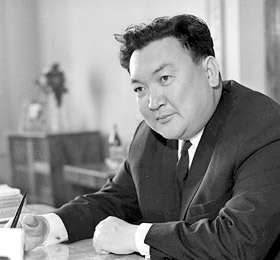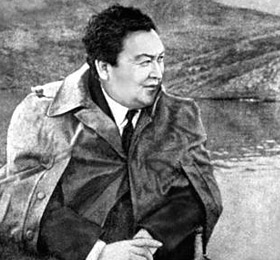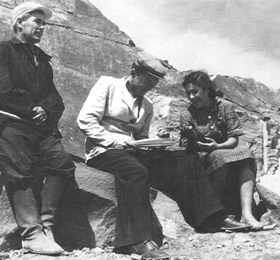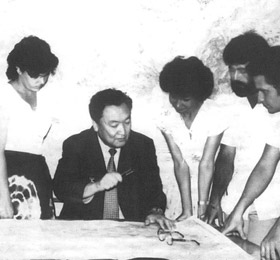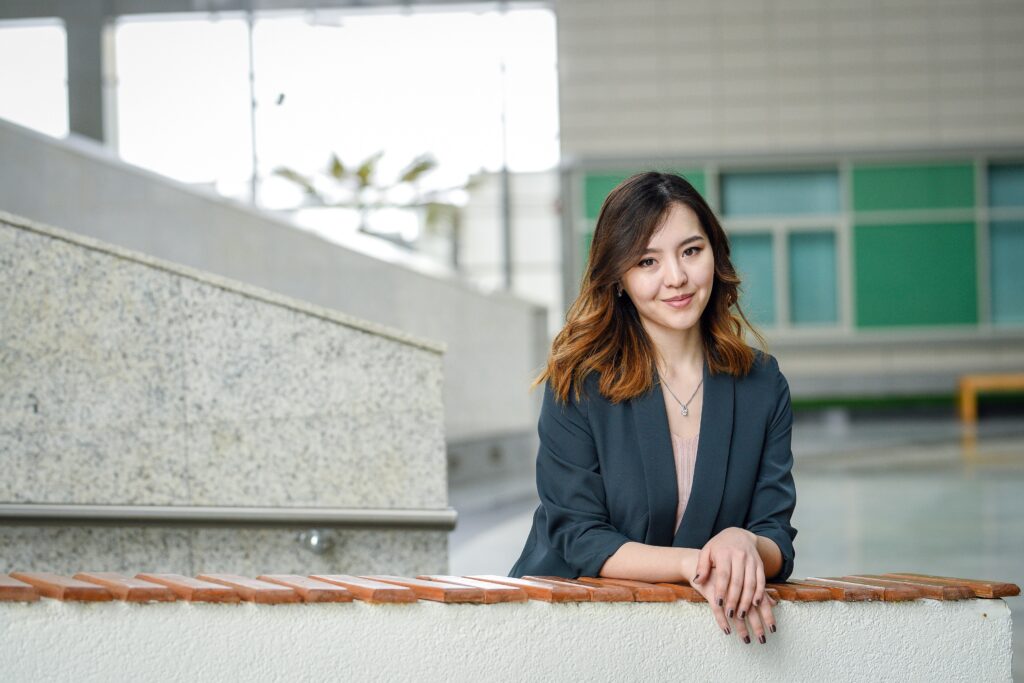Anel Turgambayeva
Specialisation: Biology. Baylor College of Medicine, USA.
Anel, a 24-year-old master’s student from Semey, is finishing her studies in Canada. It all started many years ago. Since childhood, Anel was always interested in everything, even disciplines far removed from science like gymnastics and dancing. Many years and small victories later, she finally won a Shakhmardan Yessenov Foundation grant, which saw her travelling for an internship to the distant Texas, USA. Anel appears at first glance to be quite an ordinary girl. She enjoys yoga, studies French, watches Netflix, reads e-books and does typical girly experiments with her makeup. But when it comes to more serious aspects, Anel is actually studying arthritis and genetic engineering methods. What awaits the young scientist from Kazakhstan?
How did the foundation’s grant competition go?
This was the second time I participated. The first time was when I was still doing my undergrad. I didn’t even reach the final. But then … I found it to be quite interesting and exciting the second time around. At first, I found it difficult to tell my story in front of other people. Before I started, psychologists reassured me by telling me that I simply needed to be myself and not try to imitate someone else.
What did you work on during your internship?
I worked under the supervision of Professor Christine Beeton, PhD. During my internship, I continued to study the causes of rheumatoid arthritis. Why is that? It is quite a common disease that affects about 1% of the world’s population, but the reasons for its appearance are still unknown. Over the past 30 years, the mortality rate of the disease in Kazakhstan has risen by almost 20%, and the number of patients continues to grow. Arthritis drugs that are currently available are aimed at fighting the symptoms, not the causes, and they have numerous side effects. This explains my choice of the topic. The main objective of my particular internship was to study the functional relationships between ion channels in fibroblasts. These are cells that play an important role in the development of arthritis. What results did you obtain from your work?
What results did you obtain from your work?
We were able to show that the studied channel is the most common type in patients with rheumatoid arthritis. The gene for this channel, to put it quite simply, is responsible for arthritis. A scientific article will be published based on the results of the research. In the college laboratory, I learnt how to design, perform, collect and analyse multicoloured flow cytometry data. I also improved my skills in handling and processing cell cultures. I carried out a series of experiments as part of my thesis work for my master’s degree, which I hope to publish soon.
What do you plan to surprise yourself with next?
When I got back to Kazakhstan, I shared my experience with colleagues and students at my university’s laboratory. I am convinced this will give us a boost in our research on autoimmune diseases and cancer. I will be completing my master’s studies this year (I have transferred to Brock University in Canada), and I am thinking about going for a doctorate. I will certainly take advantage of the experience that I have gained and my Professor’s recommendations from the internship. I am studying cell and molecular biology. In our research, we use a combination of genetic engineering and optogenetics. So there is still much ahead to surprise myself with.
A few words about your family?
I have two brothers. My mom is a math teacher. She has been raising us singlehandedly for the past 9 years. My dad was quite a talented artist who worked in various fields. I am sure he’d be proud of us today.
5.08.20, Stories
Seen by: 872

